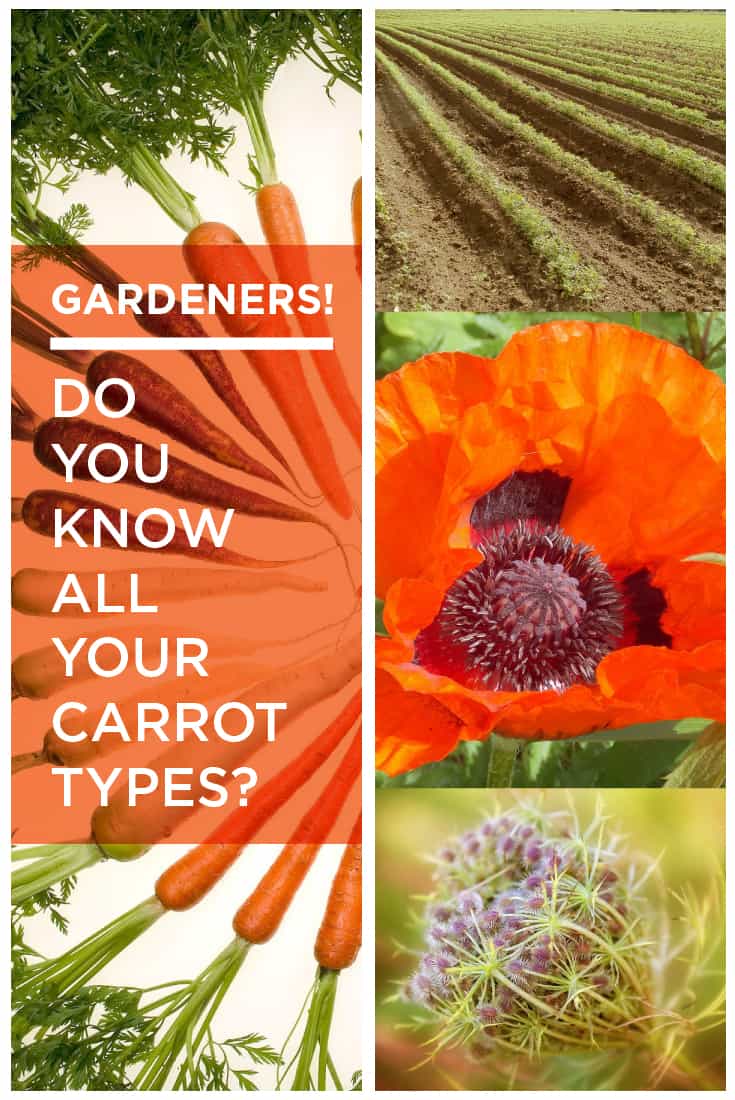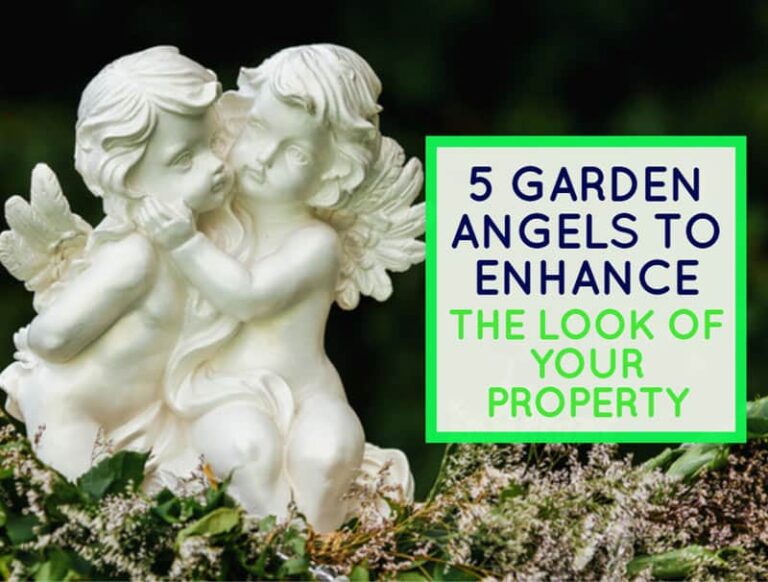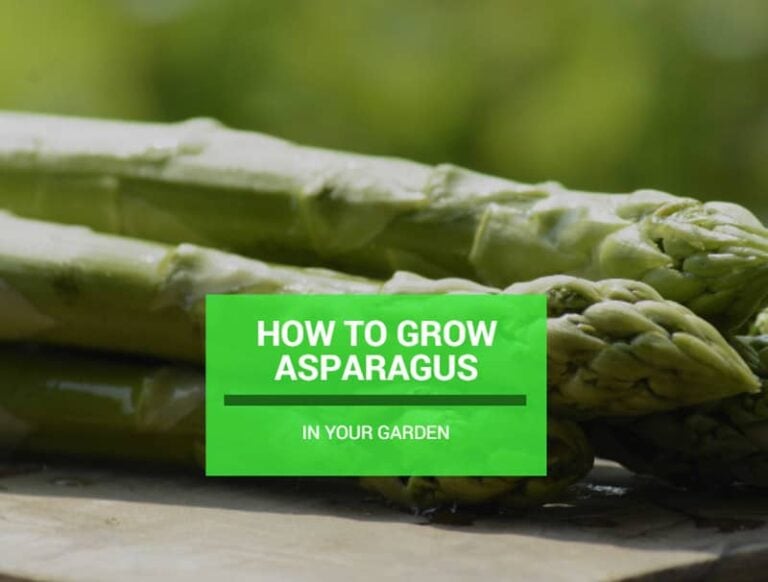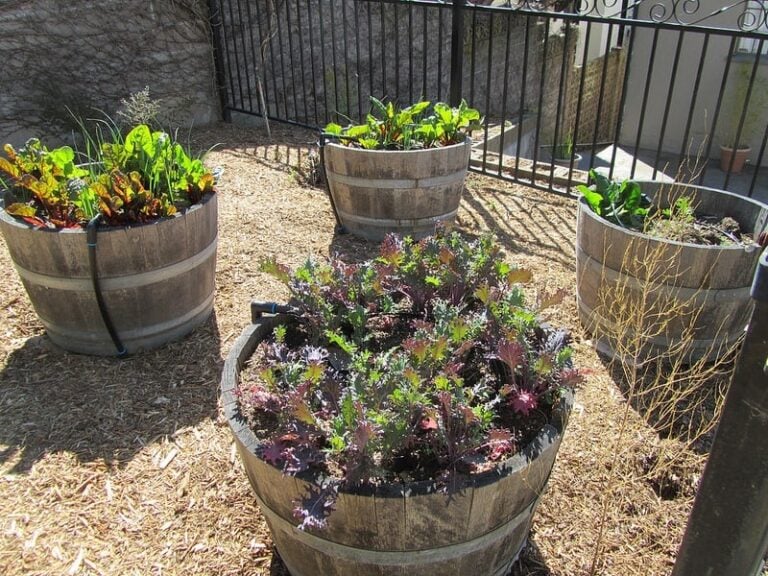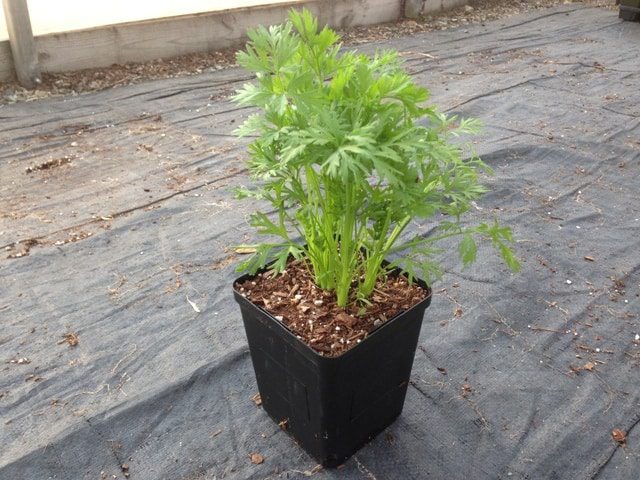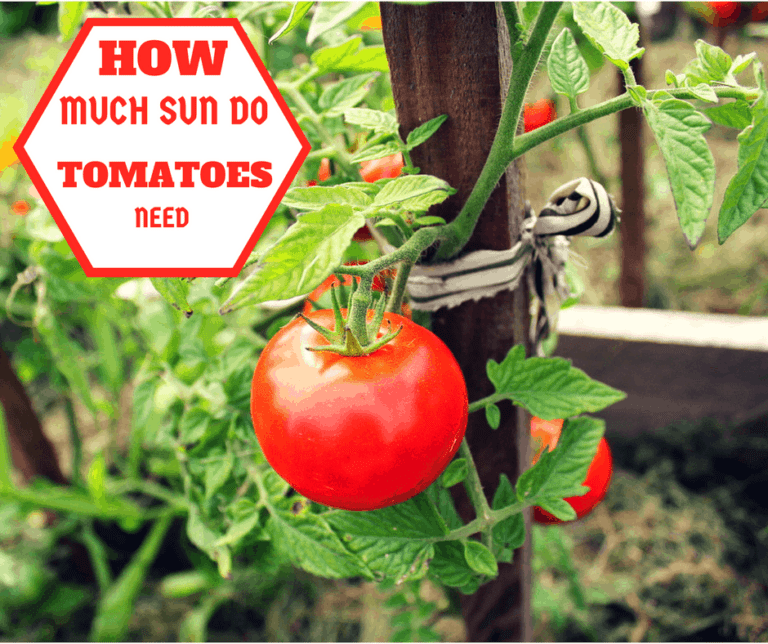Our Guide to Modern Garden Design
The modern garden design, also known as contemporary, utilizes geometric patterns, sleek lines, and a minimalistic approach to gardening. They key to making a successful modern garden is to use unadorned, artsy materials, while still making it look cozy and inviting. Organized hardscaping meets minimal landscaping in a modern garden, and these modern garden designs will help you get the perfect look in your outdoor space.
Embrace Geometry
The fun thing about modern gardens is that you can play around with geometry. Sleek lines are definitely on-trend in modern gardening, but that doesn’t mean you can’t have some sleep curved lines. This particular garden uses curved garden borders, circular art decor, and even a curved bench to bring in some contrasting geometric lines.
To get a similar look, you can go to your local garden or hardware store to find curved composite boards or landscaping edging. Bend it however you want to create clean, curved lines. Add in some square or rectangular elements through decor or garden path stones.
The key is to make interesting lines in your garden without making the overall design sloppy. Plan out your modern garden design before you get too carried away to make sure it looks the same on paper as it does in your head.
Water-Free Garden
The minimalistic approach to modern gardening has given a rise to water-free gardening. In other words, your modern garden can be more eco-friendly, and still look very organized and pretty. Using water-free elements, like stone, rock, and concrete, while mixing in some plants that require no extra water besides rainfall still gives you foliage without a lot of maintenance.
Succulents are good plants to grow in this type of modern garden design. Large succulents, like Yucca and Aloe, can provide a breathtaking look with their long leaves. Some smaller, spreading succulents include Sedums and Echeveria, which grow in short clusters.
Plant your succulents in spring or autumn while the weather is drier and warmer. Add stones or pebbles around them to both eliminate grass and act as a mulch to retain water.
Go All Green
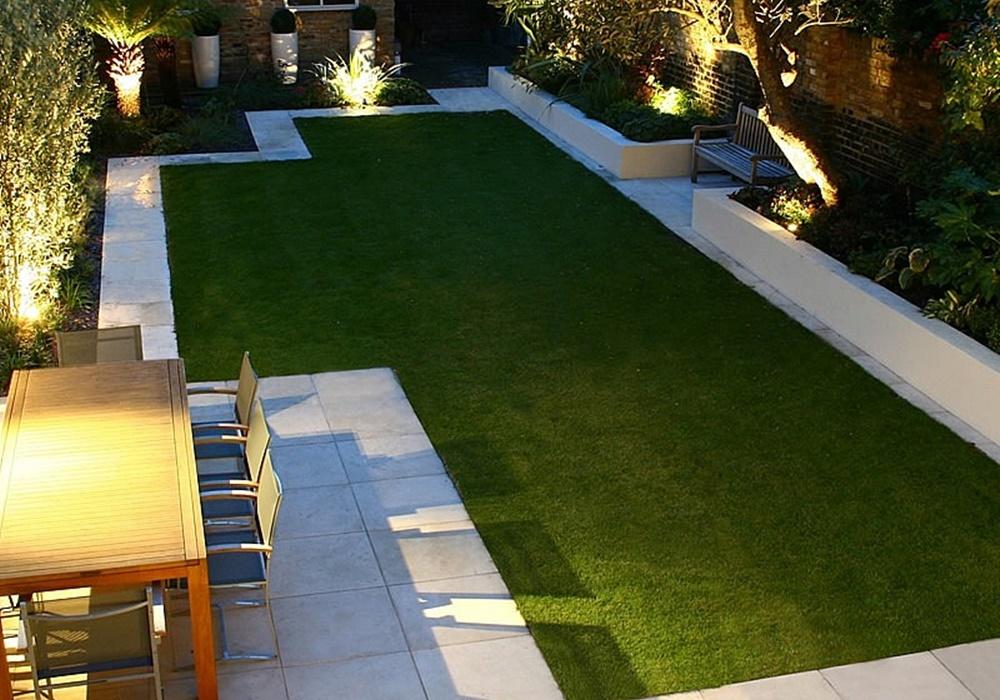
Many modern gardeners are going for full grass gardens, with perhaps some small landscaping on its borders. If backyard space is limited at your home, yet you still want a modern garden vibe and a grassy area, you can, fortunately, achieve both in one design.
Although you might think that this type of garden is boring and uninviting, especially with the absence of colorful foliage, the opposite is true. If done correctly, an all-green modern garden design can bring you the best of both worlds: a beautiful, minimalistic garden with green space.
Consider using a bright white tile or stone to outline your green space. Make the border an interesting design with sleek lines. You can use the tiles or stones to create a small patio for an entertaining or lounging area. Create raised beds along the border where you want some green foliage. Keep your green space well-watered and as low as possible to complete the clean look.
Geometric Planters
Modern planters mirror the overall design of a modern garden. They’re minimalistic, clean, and have sleek lines. A fun way to really incorporate planters into your modern garden design is to center your garden on those planters.
Consider concreting your outdoor space and building benches around the entertaining area. Design your planters so that they’re a large part of your outdoor experience, yet have some interesting geometric lines that draw in the eye. You can create modern garden planters from wood or concrete, and paint them a bright white or gray to make them stand out.
DIY Creators offers a video tutorial for creating your own simple modern box planter to fit perfectly in your modern garden design:
If you’re low on outdoor space, you can also try making your own modern vertical planter. This can give you extra space to grow the plants you want by using up less space in your garden, and it has the sleek, modern lines that will blend right in with your design.
Minimalist Garden
A minimalist garden is both low-maintenance and peaceful. With this type of design, you can play around with shapes, spacing, and layouts, choosing small strips of your yard to plant in, or creating small, square raised beds. Leave the rest of the yard grass, or plant ground cover plants for even less maintenance.
Even with a minimalist garden, you can add artful elements, like statues or water features, that fit in with a contemporary design. The trick is to keep them sparse, so you don’t risk over-cluttering your design and switching it from minimalistic to busy.
Some key design elements for a minimalist garden include:
- Large, empty containers for an architectural feel
- Use hard landscaping, ground cover, grass, or living carpets in areas you’re not growing
- Plant colorful evergreens, like shrubs and herbs
- Use small, raised square or rectangular beds
Sleek-Line Border Garden
Instead of your garden being your focal point, use your plants to outline your main hardscaped feature, like your large entertaining area. When you design your modern garden, create a border of raised beds around your main area. Make sure the beds reach the height of your patio so you can have easy access to them when you need to perform maintenance.
Grow plants with strong shapes so they will stand out. Fine Gardening provides helpful tips to utilizing plants with strong shapes in your garden beds.
Xeriscaped Garden
Not all xeriscaped gardens are modern, but you can certainly make them that way. Xeriscaping is the use of drought-tolerant plants and elements that require little to no water to help conserve water in your garden. Modern gardening fits right in with its minimalistic design and use of hardscaping elements to balance the green elements.
To make a modern xeriscaped garden, make a modern pathway and steps using concrete or stone. This should act as one of the main focal points of your garden. Add stones and rocks strategically through your garden, and consider using river rock in place of grass or mulch. Add plants, like moss, shrubs, and drought-resistant grasses, to complete the look.
Photo Credit
Photo by Jeremy Levine licensed underCC BY 2.0
Photo by Paulding County Area Foundation licensed under CC0

